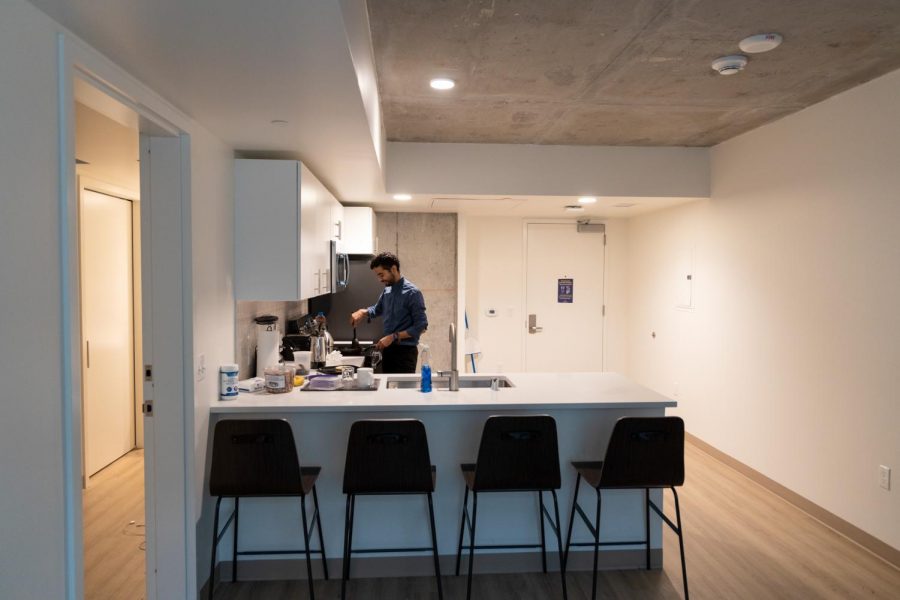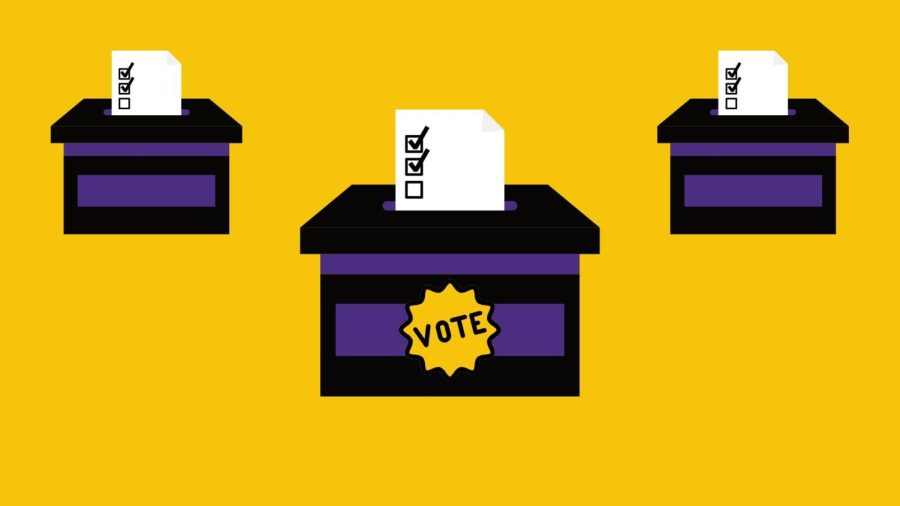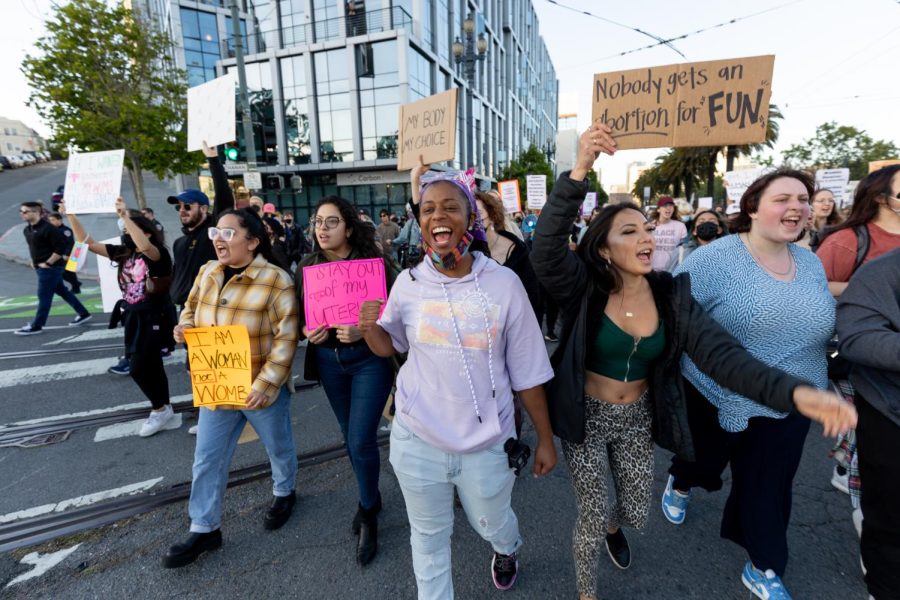With most classes transitioned to remote instruction, University Housing is housing 363 students for the Fall 2020 semester, as opposed to what is commonly 4,300 to 4,500 students.
According to University Housing, 363 SF State students — compared to what is commonly around 4,300 to 4,500 — are living in campus housing for the Fall 2020 semester, despite most classes transitioning from face-to-face meetings to virtual instruction. Campus housing is carrying out safety measures in an attempt to ensure the students’ health and safety as they live on campus during the pandemic.
Rourke confirmed on Sept. 18 that the on-campus resident population is at 414 people, with 363 students, 45 student leaders and 7 live-in professional team members.
“It’s heartbreaking that students, both returning students, transfer students and grad students, aren’t getting that opportunity to live on campus and experience that part of college life,” said Victor Javier Aguilar, a graduate student in the history department.
Aguilar has lived in campus housing since his time as an undergrad. He said he continues to do so because on-campus housing provides a better learning environment than his home.
He recalled struggling to focus on his work during the spring, when he lived at home as SF State went online. He mentioned the issues of poor Wi-Fi connectivity, distractions from other people and a certain laziness that can be caused by being at home.

“When they notified us that there would be possibly some people allowed to live on campus, I jumped on that chance because for my academic health and my mental health, I think it would have been preferable to do my classes over here,” Aguilar said.
The housing department received approval to house up to 780 students during the Fall 2020 semester after submitting housing plans to the Chancellor’s Office of the Cal State University system and the San Francisco Department of Public Health, according to Rourke.
The housing department is using three of the seven campus housing communities to house students: Manzanita Square, the Towers at Centennial Square and University Park North.
Students are living in single rooms with no roommates in order to self-isolate in their own rooms in the event of contracting COVID-19, Rourke said. University Housing is relying on self-reports from students, since they are not required to present COVID-19 test results prior to moving into campus housing.
Rourke said University Housing is not requiring students to present COVID-19 test results because of a lack of testing site availability around the university.
“Most of our housing is apartment-style, so that means we have probably about two, maybe three, students in each apartment that are sharing one or two bathrooms,” Rourke said.
Rourke added that the campus housing meets SFDPH guidelines on the number of people that can share common amenities. Students also share spaces such as living rooms and kitchens with their housemates.
“Every time I’ve gone out, I’ve always seen our hard-working custodial staff, and other staff as well, cleaning doors, the elevators, elevator buttons; they’re constantly cleaning on a daily basis,” Aguilar said.
Two other aspects of campus housing that have been adapted this semester are visitations and dining, according to Heather Samuels, Associated Students director of sustainability and basic needs.
Samuels said that University Housing has also changed the dining format from formal dining to a pickup style where the students pick up their food to prevent the exchange of the virus. She added that visitation has also been adapted to “only allow fellow SFSU students to visit other people in dorms.” Visitations are only allowed during daylight hours and not after quiet hours.
According to Samuels, “Currently, students are responsible for providing their own [Personal Protective Equipment] and providing their own kind of cleaning supply.”
If a student living in campus housing has a positive COVID-19 test, that student will be moved to a room in one of the unused housing buildings to spend 10 to 14 days in isolation, Rourke said. That student will remain in isolation until they can provide campus housing with a negative COVID-19 test result, according to Rourke.

As of Sept. 18, Rourke said that there have been zero positive COVID-19 cases reported in campus housing.
With most classes transitioned to virtual instruction, the students prioritized for campus housing were those who depend on the campus housing as their primary means of housing, students who will be attending face-to face-classes this semester and students whose primary housing option is deemed a poor learning environment by the university.
In terms of any possible health concerns while living on campus, Aguilar believes the department is handling the health and safety of students well, “assuring that we’re as safe as can be.”
Rourke said students are encouraged to wear masks and to stay home if not feeling well.













